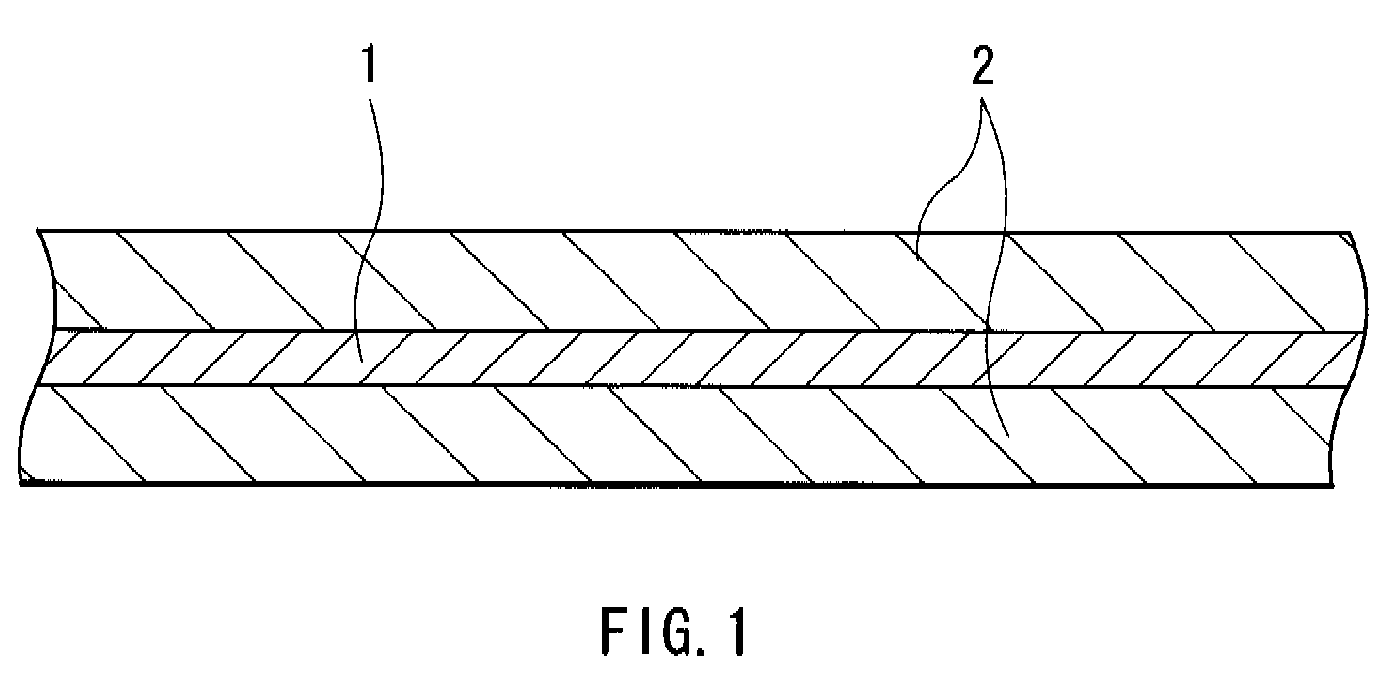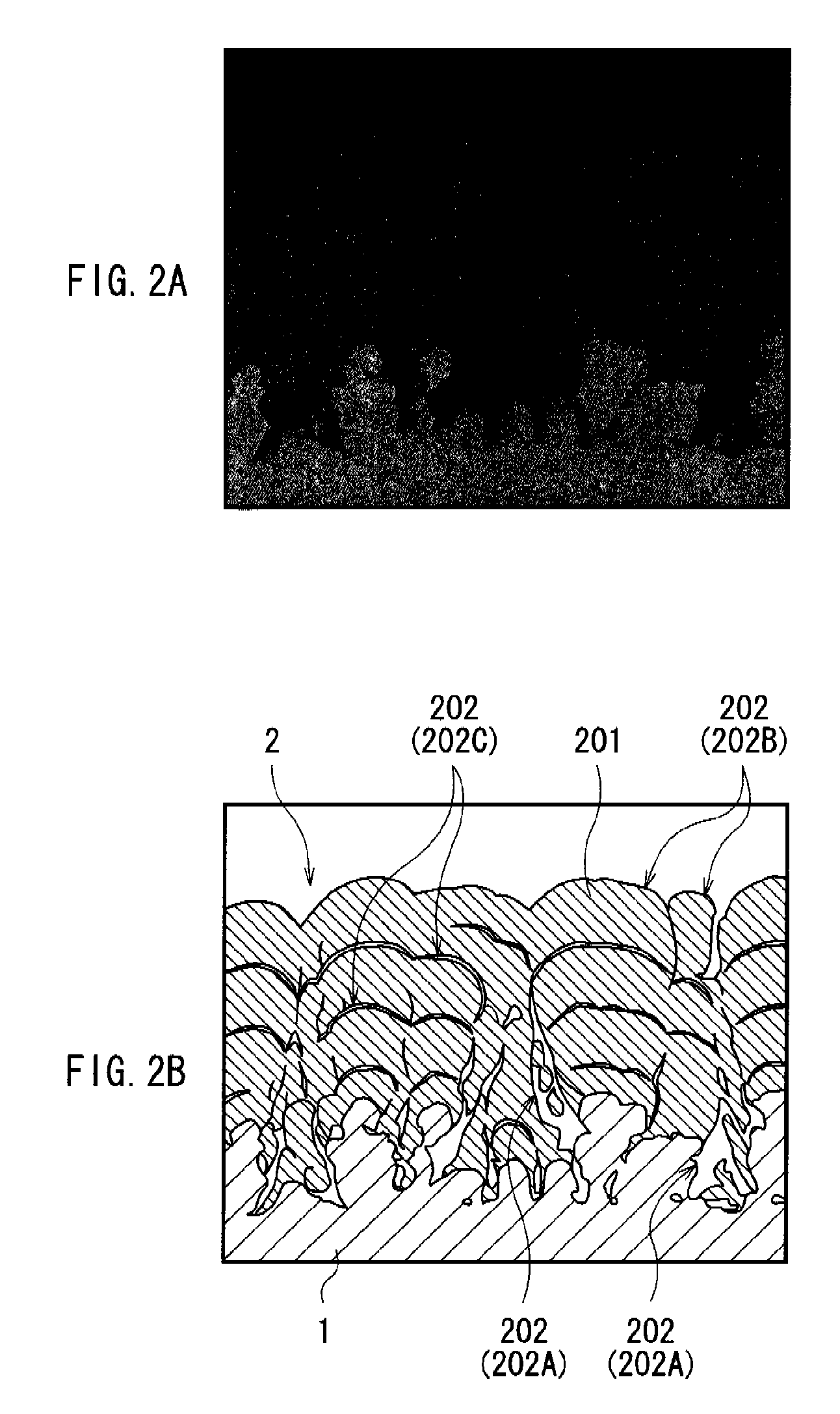Anode and battery
a technology applied in the field of anode and battery, can solve the problems of easy decline in cycle characteristics and easy decline in manufacturing yield of secondary batteries, and achieve the effects of improving performance, improving efficiency and reducing production costs
- Summary
- Abstract
- Description
- Claims
- Application Information
AI Technical Summary
Benefits of technology
Problems solved by technology
Method used
Image
Examples
example 1-1
[0133]A laminate film type secondary battery shown in FIGS. 8 and 9 was manufactured by the following steps. At that time, the laminate film type secondary battery was a lithium-ion secondary battery in which the capacity of the anode 54 is represented based on insertion and extraction of lithium.
[0134]At first, the cathode 53 was formed. After lithium carbonate (Li2CO3) and cobalt carbonate (CoCO3) were mixed at a molar ratio of 0.5:1, the mixture was fired in air at 900° C. for 5 hours to obtain a lithium-cobalt complex oxide (LiCoO2). Next, after 91 parts by weight of the lithium-cobalt complex oxide as a cathode active material, 6 parts by weight of graphite as an electrical conductor and 3 parts by weight of polyvinylidene fluoride as a binder were mixed to form a cathode mixture, the cathode mixture was dispersed in N-methyl-2-pyrrolidone to form paste-form cathode mixture slurry. Finally, after the cathode mixture slurry was uniformly applied to both sides of the cathode curr...
examples 1-2 to 1-12
[0139]Secondary batteries were formed by the same steps as those in Example 1-1, except that instead of 80 nm, the peak diameter was 100 nm (Example 1-2), 120 nm (Example 1-3), 150 nm (Example 1-4), 200 nm (Example 1-6), 300 nm (Example 1-6), 400 nm (Example 1-7), 500 nm (Example 1-8), 600 nm (Example 1-9), 800 nm (Example 1-10), 1000 nm (Example 1-11) or 1200 nm (Example 1-12).
examples 2-1 to 2-12
[0147]Secondary batteries were formed by the same steps as those in Examples 1-1 to 1-12, except that the anode active material had a six-layer configuration. In the case where the anode active material was formed, while the anode current collector 54A was moved back and forth relatively to an evaporation source at a deposition rate of 100 nm / s, silicon was deposited successively to be laminated.
PUM
| Property | Measurement | Unit |
|---|---|---|
| diameter | aaaaa | aaaaa |
| diameter | aaaaa | aaaaa |
| diameter | aaaaa | aaaaa |
Abstract
Description
Claims
Application Information
 Login to View More
Login to View More - R&D
- Intellectual Property
- Life Sciences
- Materials
- Tech Scout
- Unparalleled Data Quality
- Higher Quality Content
- 60% Fewer Hallucinations
Browse by: Latest US Patents, China's latest patents, Technical Efficacy Thesaurus, Application Domain, Technology Topic, Popular Technical Reports.
© 2025 PatSnap. All rights reserved.Legal|Privacy policy|Modern Slavery Act Transparency Statement|Sitemap|About US| Contact US: help@patsnap.com



